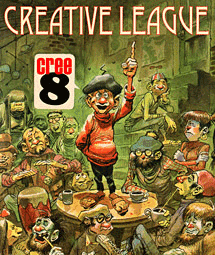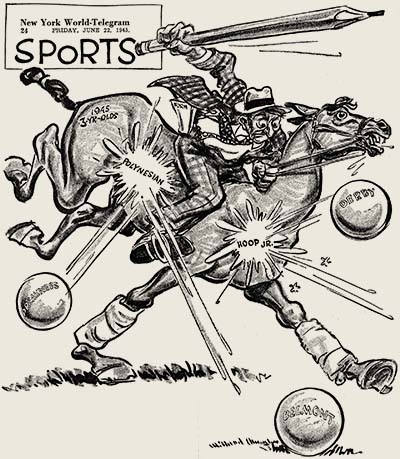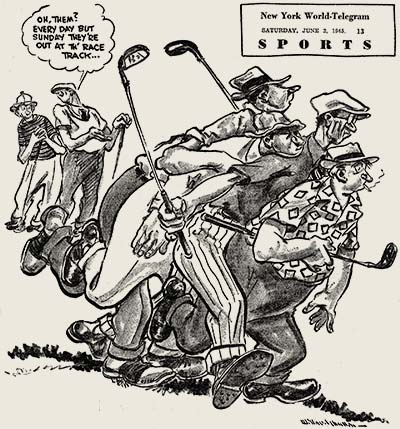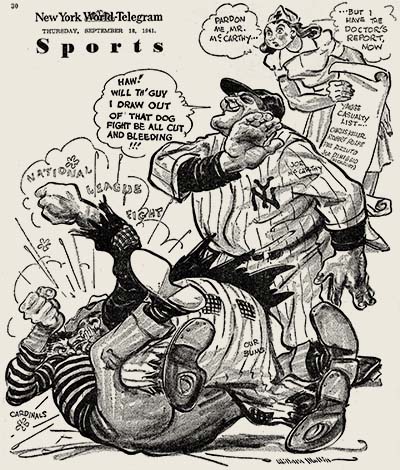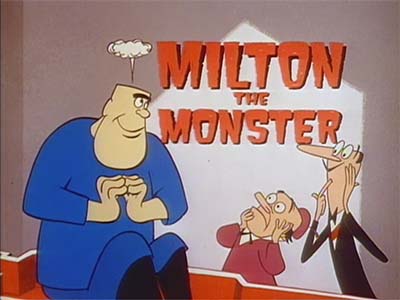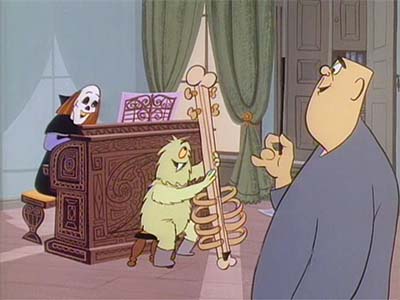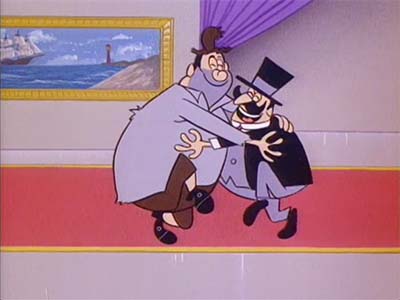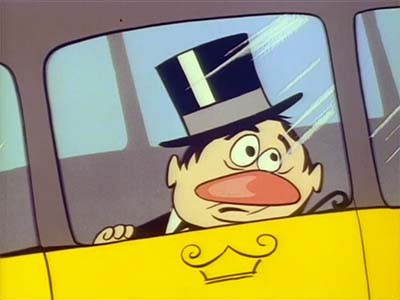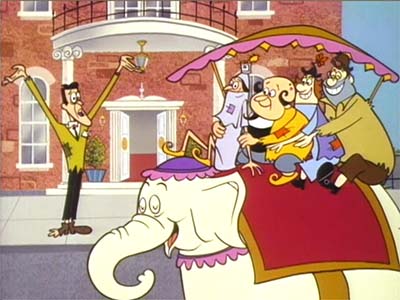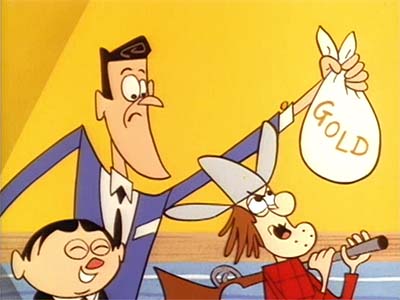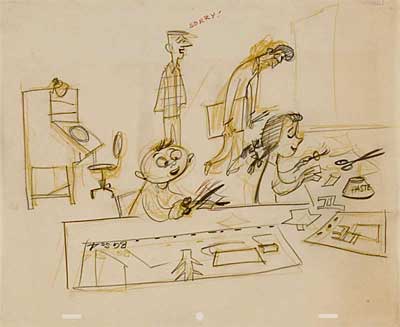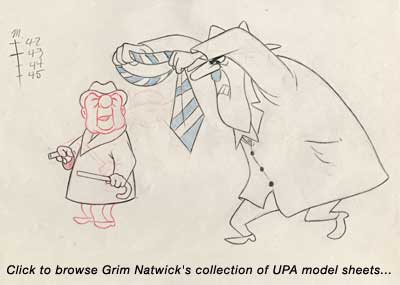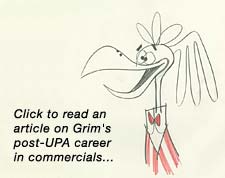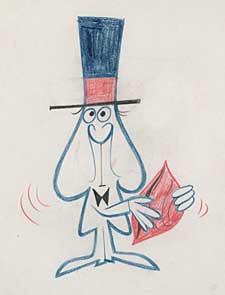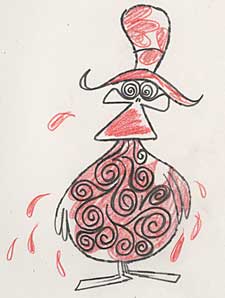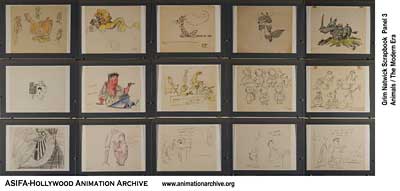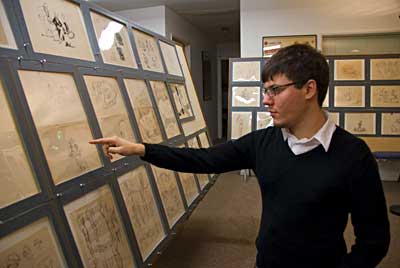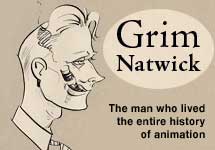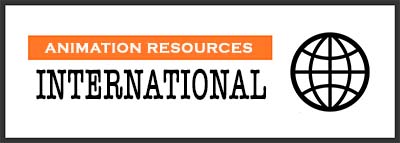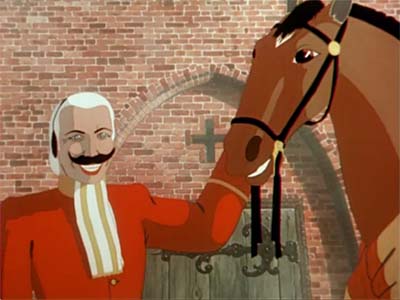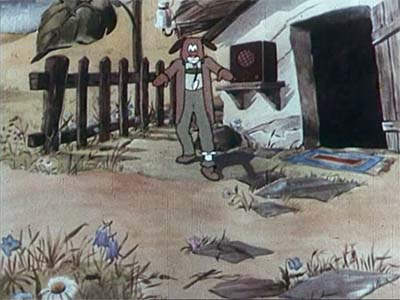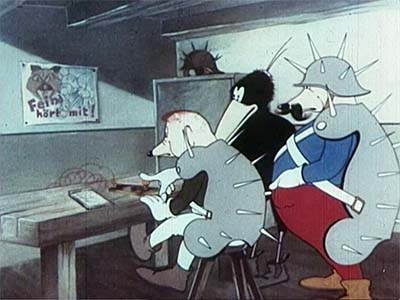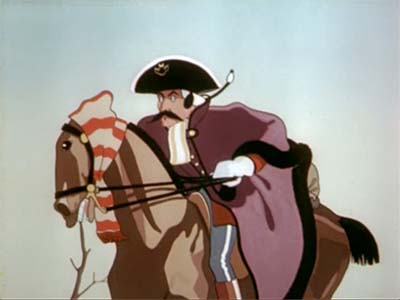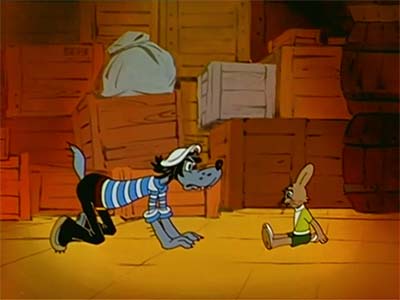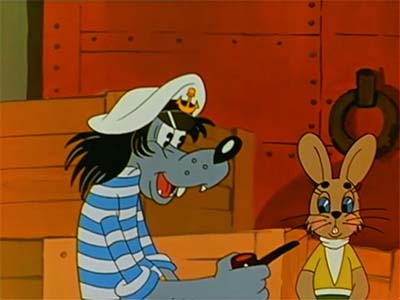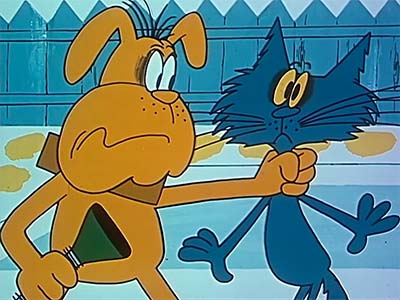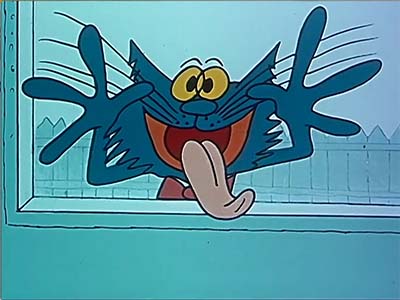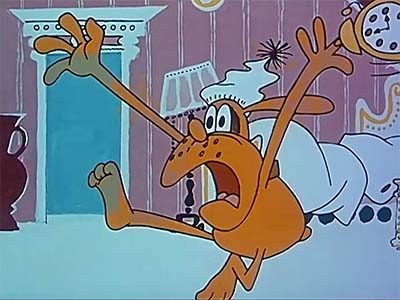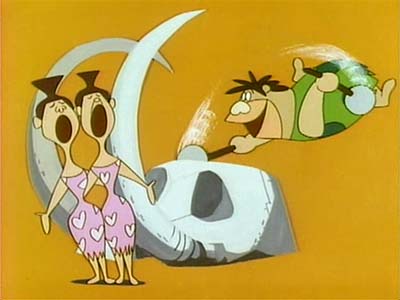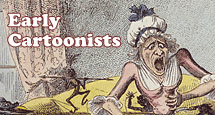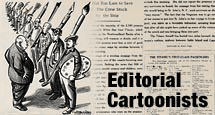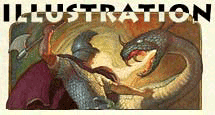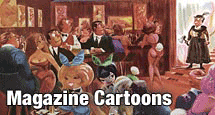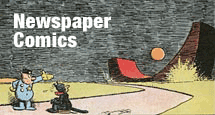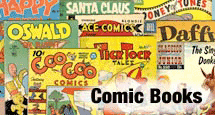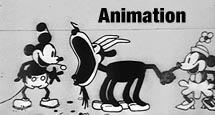People who aren’t members of Animation Resources don’t understand how comprehensive our Reference Packs are. Over the next couple of weeks, we will be posting what each section of our current RefPack looks like, starting today with the Featured section. If you are a member of Animation Resources, click on this post to go to the Members Only page. If you aren’t a member yet, today is the perfect time to join! Our current Reference Pack is one of our best yet, and General and Student Members get access to a special Bonus Archive with even more material from past Reference Packs.
What are you waiting for?![]()
JOIN TODAY!
https://animationresources.org/membership/levels/
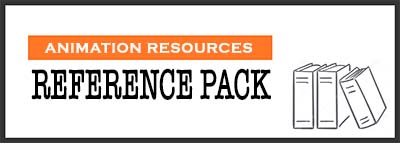
Every other month, Animation Resources shares a new Reference Pack with its members. They consist of an e-book packed with high resolution scans and video downloads set up for still frame study. Make sure you download the Reference Pack before it’s updated. When it’s gone, it’s gone!
JOIN TODAY To Access Members Only Content
PDF E-BOOK
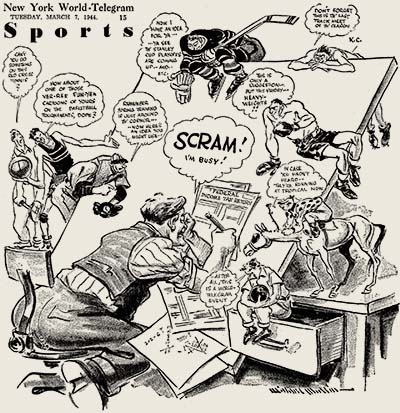
Willard Mullin Dailies 1941-1946
![]()
New York Daily World-Telegram
Download this article
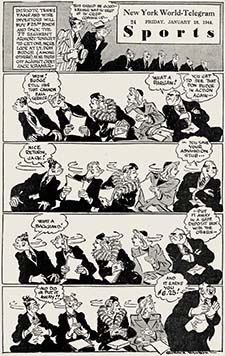
![]() Before the era of live TV broadcasts with instant replay to capture every nuance of the action, low light photography for night games, and long telephoto lenses to capture the plays close up from a long distance, sports fans depended on the newspaper for their daily sports fix. Sports columnists rattled off play by play of the previous day’s games in great detail, and put the scores in context with complex statistics. But those were just words… the fella responsible for putting a face to the facts and figures was the sports cartoonist.
Before the era of live TV broadcasts with instant replay to capture every nuance of the action, low light photography for night games, and long telephoto lenses to capture the plays close up from a long distance, sports fans depended on the newspaper for their daily sports fix. Sports columnists rattled off play by play of the previous day’s games in great detail, and put the scores in context with complex statistics. But those were just words… the fella responsible for putting a face to the facts and figures was the sports cartoonist.
Today, only a tiny handful of sports cartoonists remain working, but in the post-war era, every paper had a great artist who filled the sports pages with caricatures, likenesses of famous figures in the news, and funny gags involving the team mascots. A few years ago, Richard Sandimir wrote in the New York Times…
They blended the skills of a caricaturist and the mind-set of a columnist. They were entertainers and ink-stained jokesters. They were newsroom denizens and deadline artists who churned out five or six cartoons a week that received prominent display. If they possessed power, it was that they drew players, owners and managers in ways that reporters could not with their words. Sports cartoons were usually more amusing and informative than critical, which reflected the times when the sports section was the fun-and-games department.
One sports cartoonist stood out above all the rest… Willard Mullin. In his twenties, Mullin worked for the Los Angeles Herald Examiner, but in 1934 he joined the staff of the New York World-Telegram where his work was syndicated across the country by the Scripps Howard News Services. He worked there until 1966 when he began drawing cartoons freelance for magazines and ads. He was widely published throughout his half century long career, with cartoons appearing in many publications, such as Colliers, Life magazine and Time, as well as numerous team programs and advertisements.
Mullin produced six cartoons a week, and they were printed large across a full page in the sports section. They usually were centered around the likeness of a famous athelete or a humorous depiction of a team mascot. Mullin was called upon to draw every form of animal as a team mascot, except perhaps elephants and donkeys, which were relegated to the editorial pages. He was famous for creating the character known as the Brooklyn Bum. Sporting a tattered and patched suit of clothes, a stub of a cigar and a big belly, the Bum perfectly represented the rough and tumble Brooklyn Dodgers.
Mullin was a genius at depicting the human form in motion. His characters seemed to spring off the page with life and vitality. Mullin’s characters ran the gamut from heroes to everyman characters. His influence extended far beyond the newspaper world to cartoonists like Jack Davis and the Disney animator John Sibley. For animators, Mullin’s sketches are a revelation because they appear to be already in motion. His knowledge of anatomy merged perfectly with the spirit of the action to create gesture drawings of the highest order. Best of all, his drawings are steeped in fun. They encapsulate the spirit of casual camradery shared by all of the sports fans in the bleachers on a sunny afternoon.
Between 1947 and 1952, Mullin created a comic book for Spalding which was given away to customers of sporting goods stores. We featured that in an earlier e-book. This time we are presenting daily comics from the 1940s, the absolute peak of Mullin’s career. These fragile scraps of newsprint were crumbling as we scanned them. Parts of the edges on some had chipped away. You’ll notice missing bits, but plenty of wonderful drawings remain intact. We hope you find them useful.
Adobe PDF File / 124 Pages / 827 MB Download
JOIN TODAY To Access Members Only Content
The Milton The Monster Show
![]()
Episode 1 / Four Stuffy Durma Shorts 1965
The Milton The Monster Show was produced by Hal Seeger and aired on ABC for two seasons starting in 1965. There were 26 half hour episodes made, and along with the Milton The Monster cartoons, there were shorts featuring Fearless Fly, an insect superhero, Flukey Luke a cowboy whose dumb luck allowed him to solve mysteries, Stuffy Durma, a hobo who had stumbled into becoming a millionaire, Muggy Doo the boy fox, and Penny Penguin.
Hal Seeger began his career working as an animator at the Fleischer Studios, drawing newspaper comics and writing scripts for live action films. In 1962 he formed a studio to produce cartoons for television, and his first series was based on the Fleischers’ Out Of The Inkwell cartoons starring Ko-Ko The Clown. He was tapped by ABC to be the Executive Producer of The Porky Pig Show in 1964 and that led to Milton The Monster in 1965 and Batfink in 1967. A couple of years after the end of Milton The Monster, Filmation stole the concept, crossed it with The Archies and sold it to CBS as The Groovy Ghoulies.
I’m including the premiere episode of Milton The Monster here for you to see, but I have to admit, it isn’t very good and there isn’t much to glean from it as an artist. But there was one segment in four of the episodes that really stand out… Stuffy Durma. Seeger jobbed out the animation of these shorts to the legendary Terry-Toons animator, Jim Tyer. From the look of them, Tyer animated them all by himself. It’s very simple television animation, but it’s full of delightful Tyer touches that raise it up above the other segments in the show.
Tyer utilizes some interesting techniques in the Stuffy Durma cartoons. One particularly brilliant idea is eye pupil lip-sync. As the character speaks, his pupils expand and contract and form expressions and eye blinks on their own. Viewers of cartoons tend to look at the eyes and hands of a character when it acts, so animating the pupils takes the curse off of the long holds required for TV budgets and makes the character always feel alive. Tyer also makes fun of the flat character designs by animating head turns as literally flat. And fast movements are emphasized by elongated stretches that create flow with a bare minimum of frames. Fun short cycles are used and reused over and over, and the models of the characters are allowed to morph into funny exaggerations. Even though the cel count is very low, Tyer squeezes out a lot of bang for the buck when it comes to fun.
It’s easy with limited to animation to get carried away with the mechanics of breaking off limbs and mouths and eyes and forget the joy of movement. This is especially true of library based Flash cartoons. With Stuffy Durma, Tyer reminds us of the value of special poses, even ones that only appear on the screen for two frames in fast action. If you are trying to create quick, inexpensive internet cartoons, there isn’t a better group of shorts to study than this.
MP4 Video File / SD / 22:16 / 292 MB Download
MP4 Video File / SD / 6:02 / 99 MB Download
MP4 Video File / SD / 6:10 / 87 MB Download
MP4 Video File / SD / 4:53 / 81 MB Download
MP4 Video File / SD / 6:23 / 78 MB Download
JOIN TODAY To Access Members Only Content
Haven’t Joined Yet?
Check out this SAMPLE REFERENCE PACK! It will give you a taste of what Animation Resources members get to download every other month!
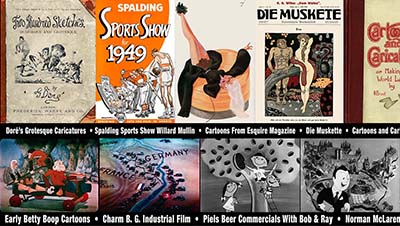
CLICK TO DOWNLOAD A Sample RefPack!
Animation Resources is a 501(c)(3) non-profit arts organization dedicated to providing self study material to the worldwide animation community. Every month, we sponsor a program of interest to artists, and every other month, we share a book and up to an hour of rare animation with our members. If you are a creative person interested in the fields of animation, cartooning or illustration, you should be a member of Animation Resources!
It’s easy to join Animation Resources. Just click on this link and you can sign up right now online…
JOIN TODAY!
https://animationresources.org/membership/levels/
![]()
![]() Animation Resources depends on your contributions to support its projects. Even if you can’t afford to join our group right now, please click the button below to donate whatever you can afford using PayPal.
Animation Resources depends on your contributions to support its projects. Even if you can’t afford to join our group right now, please click the button below to donate whatever you can afford using PayPal.





